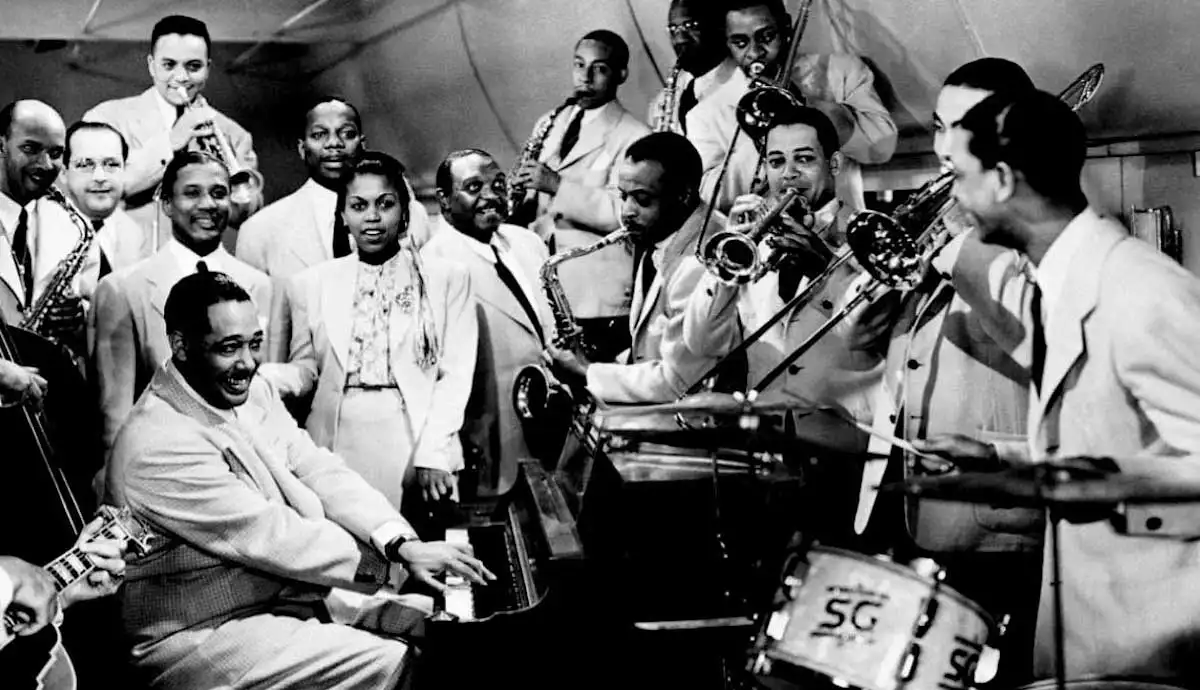February is Black History Month. This years theme is African Americans and the Arts (For more information about Black History Month 2024 see the Association for the Study of African American Life and History and the National Museum of African American History and Culture). Any discussion of African Americans and the arts has to include the Harlem Renaissance of the early 20th century.
With the failed policies of Reconstruction, the proliferation of Jim Crow laws, and the start of World War I, large numbers of Blacks migrated from the oppressive conditions in the south, seeking employment in the growing industrialization and urbanization of the north and mid-west. Beyond employment and wages well above what they could make as sharecroppers, they also found marginally better conditions for education and personal independence in these northern cities. Although conditions there were generally better for African Americans, they still faced discrimination and segregation, which resulted in densely populated enclaves of Blacks, effectively cities-within-cities. Between 1910 and 1920, the African American population in New York city grew 66% and reached 200,000 in Harlem.
As a consequence of the seemingly quickened pace of African-American migration to Northern urban locales, housing arrangements often caused a great deal of strife, and ultimately led to defined pockets of African-American culture within larger cities. Suddenly, the growth of a new urban, African-American culture peered out of the forefront of black life: the Harlem Renaissance emerged.
“The Harlem Renaissance and The Great Migration.” Richard and Carole Cocks Art Museum Blog, May 14, 2018
This rapid growth and concentration of African American neighborhoods in cities like New York, Chicago, Philadelphia, and Detroit, resulted in a flourishing of African American literature, music, and art. While not restricted to the Harlem neighborhood of Manhattan, at just 3 square miles, it had one of the largest concentration of Black people, making it the capital of this awaking.
The Harlem Renaissance encompassed poetry and prose, painting and sculpture, jazz and swing, opera and dance. What united these diverse art forms was their realistic presentation of what it meant to be black in America, what writer Langston Hughes called an “expression of our individual dark-skinned selves,” as well as a new militancy in asserting their civil and political rights.
“A New African American Identity: Harlem Renaissance.” National Museum of African American History & Culture.
While not a comprehensive list, some of the writers, poets, musicians, performers, artists, and activists central to the Harlem Renaissance include: Louis Armstrong, Josephine Baker, Richmond Barthé, Eubie Blake, Cyril Briggs, Cab Calloway, Countee Cullen, Aaron Douglas, W.E.B. Du Bois, Edward Kennedy “Duke” Ellington, Marcus Garvey, Angelina Weld Grimké, Langston Hughes, Zora Neale Hurston, James Weldon Johnson, Alain Locke, Claude McKay, Alice Dunbar Nelson, Paul Robeson, Augusta Savage, Bessie Smith, Jean Toomer, and Thomas Wright “Fats” Waller.
Suppression and oppression of a people, both overt or covert, stifles growth. It robs society, including those outside the restrained group, of experiencing the beauty and majesty of life. The Harlem Renaissance shows how much the human spirit, intellect, and creativity can blossom with even the slightest increase in personal freedom, independence, and opportunity. Bereft of the talent and works of the Harem Renaissance artists, and those they inspired, the world would be a much poorer place.
Further Reading
To learn more about the Harlem Renaissance, I suggest the article, “Harlem Renaissance” by George Hutchinson on Britannica.com (published January 7, 2008), as well as the following articles.
- National Museum of African American History & Culture. “A New African American Identity: Harlem Renaissance.”
- Lesso, Rosie. “What Was the Harlem Renaissance?” TheCollector.com, January 25, 2023.
- Hayes, Amy. “What Was The Great Migration in the US?” TheCollector.com, September 8, 2023.
- “The Harlem Renaissance and The Great Migration.” Richard and Carole Cocks Art Museum Blog, May 14, 2018
- History.com Editors. “Harlem Renaissance”. October 29, 2009.

